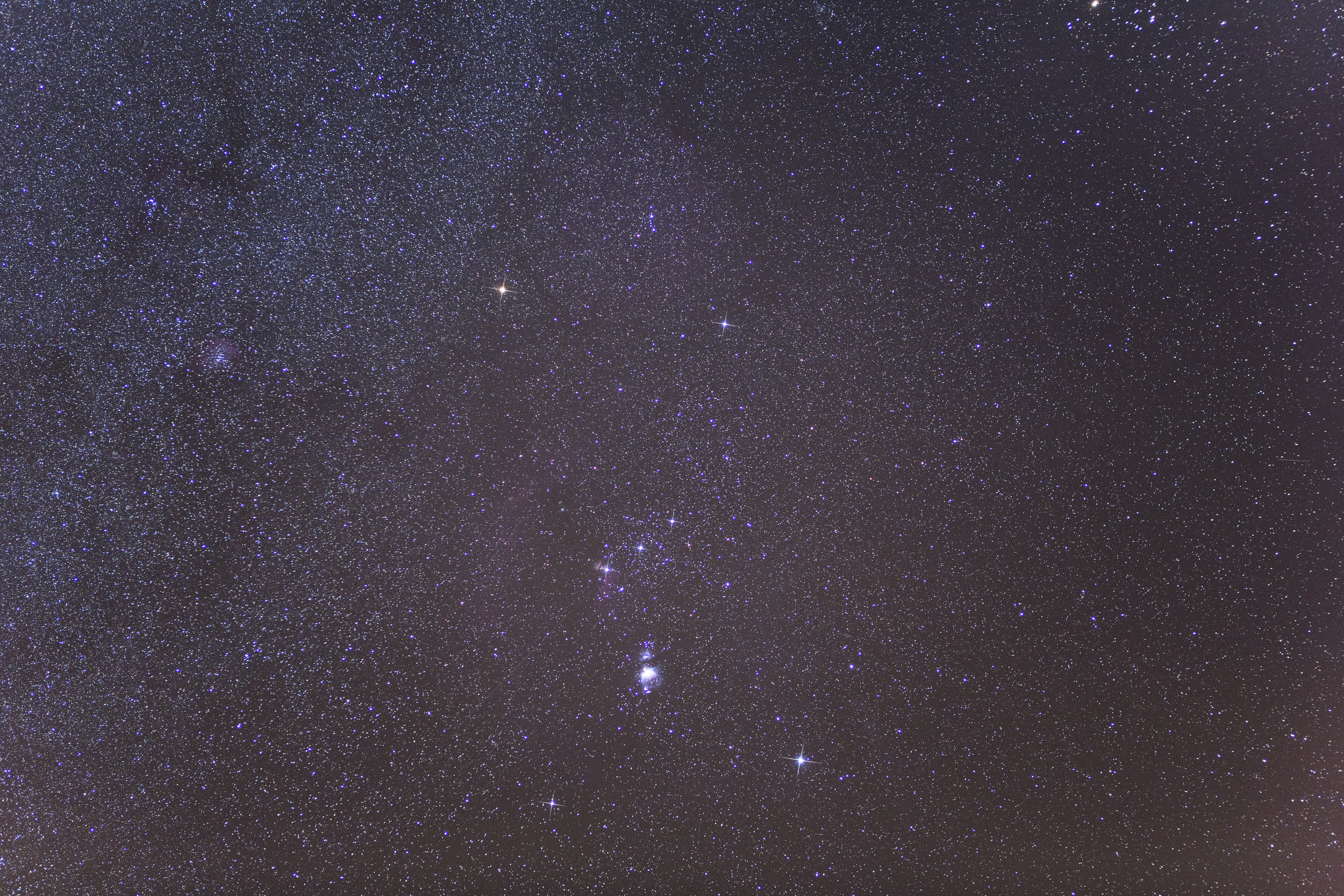I like to visit Durdle Door at least once a year. Being a 200 miles round trip, from my base in Saltash, it’s not a location I can regular visit. The conditions where set for a typically astro adventure; with only a 2 hour window between moonset and astronomical twiligh; uncertain weather, and four hours of driving to looked forward to! This was also going to be the first real test for my new Star Tracker and Samyang 14mm lens.
Normally, you would navigate your way through the campsite to reach the beach or coastal path. However, they have created a bypass around the campsite through a dark woodland, which was convenient but slightly unsettling.
Once through the woods, I reached the gravely windy path that snacks down to the cove. My eye was immediately drawn to the moon setting beautifully over Weymouth Bay in the distance. The reflection glistened on the glassy ocean like a flame flcikering in the wind. It was quite a sight to behold and set the scene for a amazing night under the stars.
I already had my first composition in mind; a view from the top of the cliffs, looking down at the famous rocky arch. In fact, I have shot a similar composition before featuring the Milky Way. However, tonight was all about the winter constellations, which I hoped would align nicely in the sky behind the arch.
Durdle Door - Sky exposure: ISO 800/F2.8/240 Seconds. Foreground exposure: ISO800/F2.8/320 Seconds.
The first capture was a success! My idea with the composition was to use the natural leading lines of the cliff and bay to draw the viewer to the arch. The constellation of Orion, was higher in the sky that I anticipated, so I made a two image collage to create this slightly more squared image to include the desired stars in Orion.
Durdle Door is renowned for being busy with photographers, which can sometimes create issue when so many people are light painting, but this night was peacefully quiet. Only two fisherman were on the beach with a lone photographer photographing from the cliffs.
The extra clarity, in the stars, from using the tracker also impressed me immediately. it was superb to have dark skies to put it through its paces. The tracker allowed for longer exposures and a lower ISOs to be used without stars trailing. The lower ISOs also allowed more colour details to be captured, and the stars appear so much sharper.
After my first starscape image, I experimented with some deep space imagery using my Canon 200mm prime. I thought this would really put my tracker to the test, as the lens is heavier and any errors in alignment would be more apparent.
The first space object, I was going to focus on, was the grand Andromada Galaxy. This galaxy is a neighbour of ours in the cosmic world, and is due to collide with our own galaxy at some point in the distant future. It is also relatively big in the night sky; about the size of the full moon. However, it is extremely dim to the naked eye and a perfect subject to photograph as a way to revel that extra detail. I was amazing on quite how much detail I was able to capture with a single shot exposure!
ISO 800/200mm/f2.8/170 sec
I then placed my attention to the Orion Nebular. This fantastic nebular is visible to the eye, appearing as the ‘dagger’ in the constellation of Orion the hunter. The two bright stars at the top of the frame, are called Alnitak & Alnilam and are part of Orion’s famous three star belt.
ISO 3200/200mm/f2.8/30sec
I then aimed my lens at Orion’s belt, capturing an interesting nebular above Alnitak. Looking closely, underneath Alnitak, you can also make out the famous Horse Shoe Nebular.
ISO 3200/200mm/f.8/30sec
I then swung around and photographed Pleiades, a star cluster, which I always would call the “little plough”.
ISO 3200/200mm/f.8/30sec
My final capture of the night, was a wider angle exposure of the constellation of Orion. At this point, with dawn quickly approaching, I was rushing to bag this exposure. I wanted to test the quality of my 24-70mm for astrophotography, as it wasn’t a lens I’ve used outside my wedding work before. It was a tracked exposure and productive unbelievable detail in the stars captured through the area.
ISO 800/46mm/f2.8/230secs
In summary, was the shoot worth while? For me, I would say it was. It was great to capture a Durdle Door with the winter sky, which I feel, would be a good addition to my portfolio. As a learning curve, the shoot was very informative too. I feel much more confident in using the tracker with longer focal length lenses, and it was useful to see the added detail that could be captured using it.
So what next? The moon has now taken over, but a new window of dark skies opens on Saturday night. I will probably try a Milky Way capture, somewhere local, before it finally disappears for the winter!






